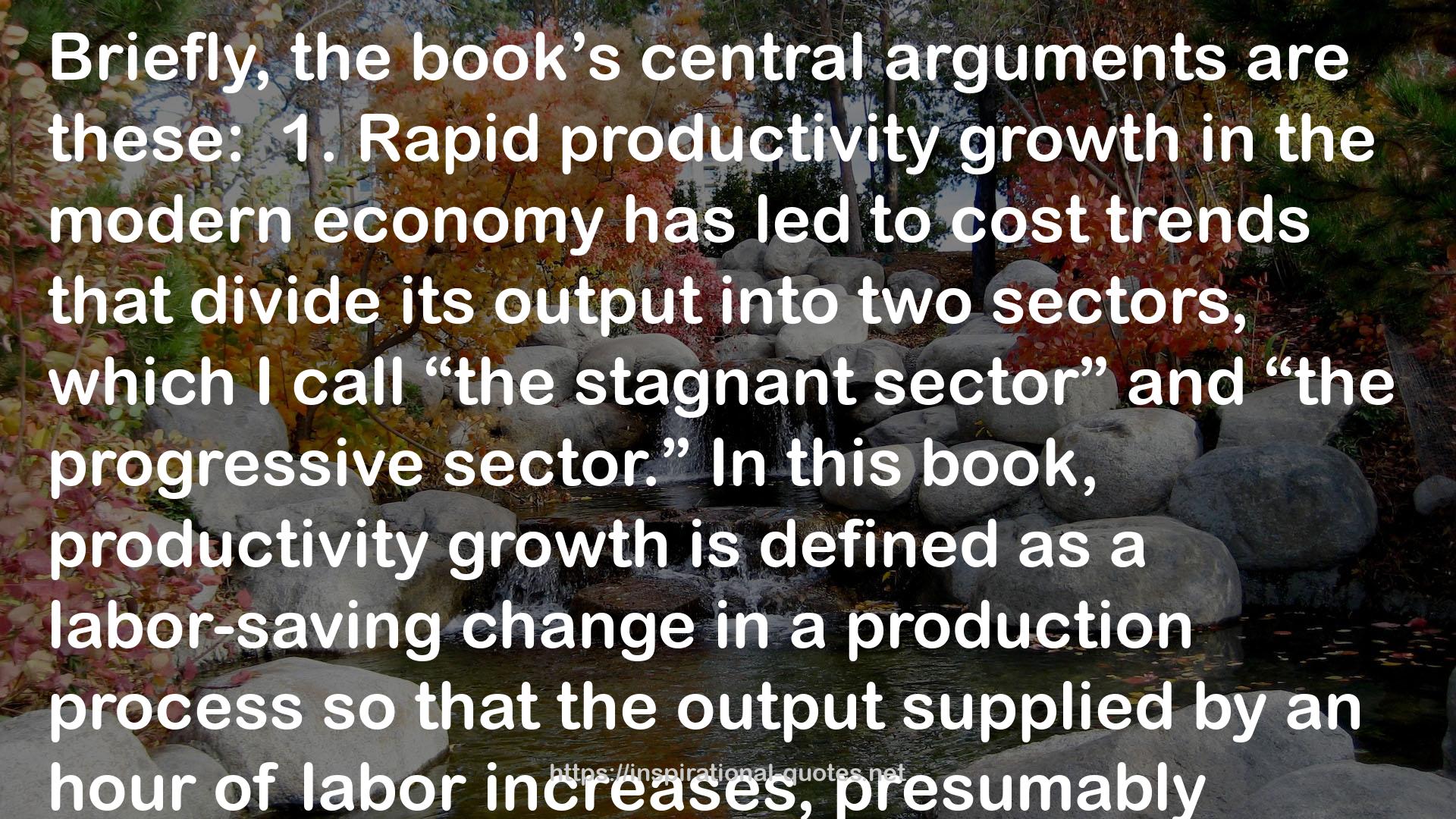The Cost Disease: Why Computers Get Cheaper and Health Care Doesn't QUOTES
SOME WORKS
- Your First Million Words: Finding the Story Inside You
- The Lost Abbey (Covenant of Muirwood, #0.5)
- The Maid's War (Kingfountain #0.5)
- Blessing the Boats: New and Selected Poems, 1988-2000
- Tempted by Deception (Deception Trilogy, #2)
- Throne of Power (Throne Duet, #1)
- Consumed by Deception (Deception Trilogy, #3)
- Reign of a King (Kingdom Duet, #1)
- Vow of Deception (Deception Trilogy, #1)

